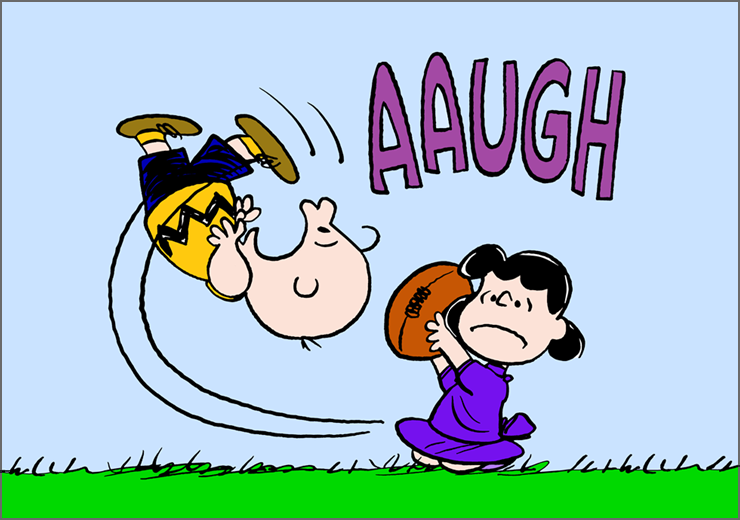“Revenge of the Sith,” the final installment of the Star Wars prequel trilogy, is a pivotal moment in the saga, depicting the fall of Anakin Skywalker and the rise of Darth Vader. However, amidst its grand scale and epic battles, there’s one notable flaw that, if corrected, could have enhanced the film even further.
In George Lucas’s vision, the movie showcases the climax of the Clone Wars and Anakin’s descent into darkness. Yet, one character, Padmé Amidala, is given insufficient screen time and agency, despite her significant role in Anakin’s story.
While the film dedicates ample attention to battles across the galaxy, including the pivotal Battle of Kashyyyk, Padmé’s arc is notably truncated. This decision is puzzling considering her importance in Anakin’s life and her opposition to Palpatine’s manipulation of the Galactic Senate.
Moreover, crucial scenes that flesh out Padmé’s character and her involvement in the burgeoning Rebel Alliance were cut from the final film. These deleted scenes, while part of the official Star Wars canon, highlight Padmé’s role in opposing Palpatine’s authoritarian rule and lay the groundwork for her potential leadership in the Rebel Alliance.
By reducing Padmé’s role and omitting key scenes, “Revenge of the Sith” missed an opportunity to fully develop her character and enrich the narrative. Padmé’s dynamic with Anakin and her own agency in resisting tyranny could have added depth to the film’s themes of power, betrayal, and redemption.
In hindsight, retaining these scenes and giving Padmé a more prominent role would have balanced the film’s focus and provided a more satisfying conclusion to her character arc. While “Revenge of the Sith” remains a monumental chapter in the Star Wars saga, addressing this oversight could have elevated it to even greater heights.
FAQ
What is the Peanuts football gag?
The Peanuts football gag is a recurring scenario in the comic strip where Lucy pulls the football away from Charlie Brown just as he is about to kick it, causing him to fall flat on his back. This iconic gag is a hallmark of the Peanuts comic strip created by Charles Schulz.
How did a fan art piece change the football gag?
Artist Hausofdecline created a fan art piece that takes the traditional football gag to a surreal and darkly humorous extreme. Instead of falling to the ground after Lucy pulls the football away, Charlie Brown is depicted as being launched into the sky, embracing his fate with zeal and even proclaiming to ascend to the realm of god.
What makes the fan art piece unique?
The fan art piece seamlessly captures the visual style of Charles Schulz’s Peanuts comic strips, making it indistinguishable from genuine Peanuts strips to all but the most discerning fans. However, it introduces a bizarre and unexpected twist to the familiar football gag, adding layers of humor and surrealism.
How does the fan art piece pay tribute to Charles Schulz’s work?
Despite its unconventional take on the football gag, the fan art piece remains true to the essence of Peanuts and its central character, Charlie Brown. It reflects the themes of suffering and perseverance that are pervasive throughout Schulz’s strips, offering a loving and humorous tribute to the beloved comic.
What is the significance of Charlie Brown’s reaction in the fan art piece?
Charlie Brown’s unexpected embrace of his fate and proclamation of ascending to the realm of god add a comedic and philosophical dimension to the strip. While departing from the traditional portrayal of Charlie Brown’s misfortunes, it remains consistent with the character’s enduring resilience and ability to find humor in adversity.
